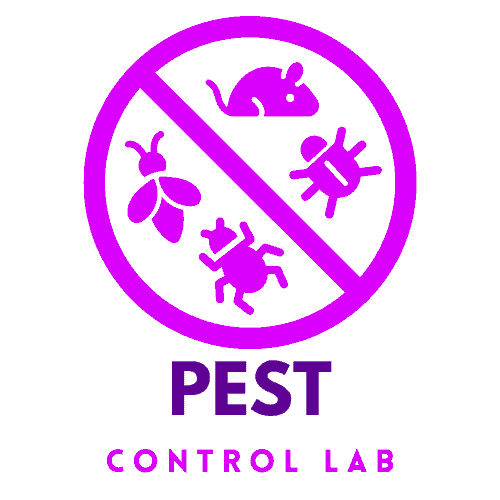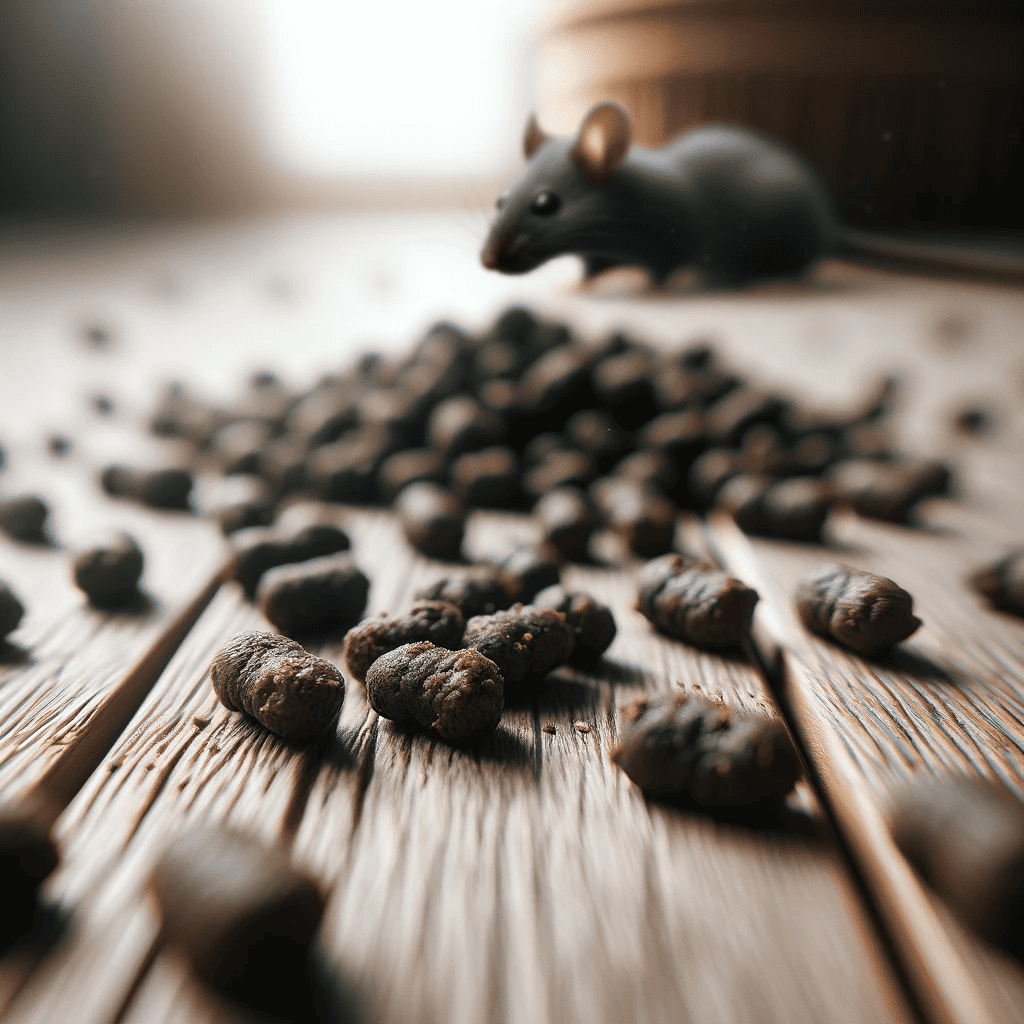Silent Intruders: Detecting Early Warnings of a Looming Pest Invasion
Introduction
Unfortunately, your home, a sanctuary of tranquility and safety, can become a hotspot for unwelcome visitors – pests. The key to maintaining a pest-free environment is early detection and effective management. This extensive guide delves into the signs of a pest infestation, explores pest-specific behaviors, and outlines the best pest control practices, ensuring your home remains the peaceful haven it should be.
The Telltale Signs of Trouble
- Mysterious Droppings: Droppings are a clear sign of an infestation. Mouse droppings are small and dark, similar to a grain of rice, while larger pests like rats leave behind bigger, oblong pellets (Image reference).
- Damage to Structures: Pests like termites and carpenter ants cause noticeable damage to wooden structures. Look for gnawing marks, small holes, or sawdust piles as indicators of their activity.
- Unusual Noises: Noises such as scratching, scurrying, or rustling, especially at night, can suggest the presence of rodents or other pests in less visible areas like walls or attics.
- Visible Insects: Seeing pests such as ants, flies, or cockroaches is a definitive sign of an infestation.
Understanding Pest Behavior
- Seasonal Patterns: Pests exhibit seasonal behaviors. For instance, ants are more active in summer, while rodents seek indoor shelter in colder months.
- Breeding Habits: Rapid breeders like cockroaches require swift action to prevent an infestation from escalating.
- Attraction Points: Eliminating food, water, and shelter sources can deter pests.
Pest-Specific Signs and Control Methods
- Rodents (Mice and Rats): Look for droppings, gnaw marks, and nests. Use traps, baits, and seal entry points to control these pests.
- Termites: Watch for wood damage, mud tubes, and swarms of winged insects. Professional pest control is often necessary due to their destructive nature.
- Cockroaches: Cockroach droppings, egg cases, and a musty odor are common signs. Use baits and traps, and maintain cleanliness to control them.
- Ants: Trails of ants, especially near food sources, are a clear sign. Use baits and seal entry points to manage ant infestations.
- Bed Bugs: Look for tiny bloodstains, bites, and small, dark droppings. Heat treatment and vacuuming are effective control methods.
- Wasps and Bees: Nests and frequent flying activity indicate their presence. Professional removal is recommended, especially for more enormous nests.
The Best Pest Control Measures
- Preventive Strategies include sealing cracks, maintaining cleanliness, and regular garbage disposal.
- Natural Solutions: Natural remedies like peppermint oil for mice and vinegar for ants can be adequate for minor infestations.
- Professional Pest Control: Professional services offer safe and efficient eradication for severe cases.
Pest Controls: Navigating Your Options
- Chemical Treatments: These are effective but require careful handling.
- Traps and Baits: Choose appropriate traps and baits based on the identified pest.
- Regular Inspections: Regular inspections can prevent minor issues from escalating.
DIY Pest Control Tips
- Identify the Pest: Proper identification is crucial for adequate control.
- Use Appropriate Treatments: Select treatments designed for the specific pest.
- Follow Safety Precautions: Adhere to safety guidelines when using chemical treatments.
Professional Pest Control: When to Call the Experts
- Severe Infestations: Large or persistent infestations necessitate professional help.
- Dangerous Pests: Professional handling is required for pests like wasps or venomous spiders.
- Preventive Measures: Professionals can offer advice and services for prevention.
Maintaining a Pest-Free Home: Long-Term Strategies
- Regular Maintenance: Regular maintenance of your property can prevent pest infestations. This includes fixing leaks, clearing clutter, and repairing any damages that might attract pests.
- Landscaping Considerations: Overgrown vegetation and stagnant water near your home can attract pests. Keeping your garden tidy and ensuring proper drainage can significantly reduce this risk.
- Community Efforts: Sometimes, pest control is a community effort, especially in urban areas. Collaborating with neighbors for a unified pest management strategy can be highly effective.
Conclusion
Understanding the signs of a pest infestation and the best pest control practices are crucial for maintaining a healthy, pest-free home. Whether opting for DIY methods or seeking professional pest controls, awareness and prompt action are essential to ensure your home remains safe and pleasant.





